The trumpeter swan cygnets are almost as big as their parents now. But sadly there were only four cygnets remaining in the family when I visited them yesterday. The last time I photographed the entire family of swans was on August 18 and at that time there were still the original five cygnets that hatched earlier this summer. Because I’ve been following them all summer I’ve become attached to this swan family. I’m feeling sad at the loss of one of the cygnets. Still I rejoice that I’ve been able to view the swan family and watch their
Swan Songs
unfold this year. (And I don’t mean that idiomatically, as in swan songs before death.) If you’ve ever been around a large group of trumpeter swans you’ll know that they honk more than sing. And they can be incredibly loud in large groups. For years a woman in Monticello fed the trumpeter swans as they wintered in the power plant warmed Mississippi River water. She was a force for good, in bringing back the population of trumpeter swans in Minnesota.
There were only a few living in Minnesota in 1986, when Sheila Lawrence started feeding waterfowl in the back yard of her riverside Monticello home.
The swans appreciated the daily all-you-can-eat spread of dried corn, and also the balmy waters from the nuclear power-generating plant upstream.
More came, and eventually, as many as 3,000 trumpeter swans were bellying up to her buffet each morning, consuming 1,600 to 2,000 pounds of corn, with a little help from ducks and geese.
…
But by 2020, trumpeter swans were well established in Minnesota, and the feedings could stop. Now, the swans are on their own.
Today, wildlife experts estimate that 30,000 trumpeter swans live in Minnesota.
Considering that the swans weren’t even seen in Minnesota between 1884 and 1966, when Hennepin Parks started to breed them in captivity, the rebound of the swan population is astounding.
By 1930, trumpeter swans were thought to have vanished from the entire United States. Then a few nests were found near hot springs in a remote part of Yellowstone.
More nests were found in Alaska in the 1950s, and Minnesota was the first state allowed to collect eggs from them, using funds contributed by taxpayers via the “chickadee check off.”
In 1933, the entire country had only 50 breeding swans.
In addition to the Monticello swans, some winter along the Otter Tail River in western Minnesota. Others find quiet pockets along the central and upper Mississippi and St. Croix.
— Snow Birds, https://midwestweekends.com/plan-a-trip/nature/birds-wildlife/swans-monticello-minnesota/
Seeking Experiences That Bring Joy and Awe
I went to see the trumpeter swans in Monticello when they were still being fed during the winter months. The cacophony and sight of all those swans was astonishing. It lifted me out of the mundane into sheer joy and wonder. Though it was a frigidly cold day, it was worth the shivering to experience the sights and sounds of all those trumpeter swans. As they took to the sky they took my breath away.
The only other experience that came close for the wonder and joy was when we went to Platte River near Kearney, Nebraska in March to see the sandhill crane migration. Watching these large birds flying in at sunset to spend the night standing the shallow river was one of the most beautiful experiences of my life. And then when we were in one of the Audubon blinds at sunset and a hawk frightened the cranes into the air, watching the huge birds take flight against the sunset sky was astonishing and powerful. I felt as if my heart was taking to the air with the huge sandhill cranes.
If you suddenly and unexpectedly feel joy, don’t hesitate. Give in to it. There are plenty of lives and whole towns destroyed or about to be. We are not wise, and not very often kind. And much can never be redeemed. Still life has some possibility left. Perhaps this is its way of fighting back, that sometimes something happened better than all the riches or power in the world. It could be anything, but very likely you notice it in the instant when love begins. Anyway, that’s often the case. Anyway, whatever it is, don’t be afraid of its plenty. Joy is not made to be a crumb. (Don’t Hesitate)
― Swan: Poems and Prose Poems
These experiences have taught me to put myself into places and spaces where I’m more likely to experience joy, wonder and awe. Mary Oliver is right, “Joy is not made to be a crumb.” Savor it, seek it out, and be grateful for it.
To embrace all parts of life, including death is a path of joy. Sometimes there is also sorrow inter-twined with the joy, but I find that opening to the transience of life brings me more wonder, more awe, more gratitude, and most of all more joy. Who knows what tomorrow will bring? I strive for love and acceptance, no matter what. Still I find myself saying some days when another loss has happened, “Life sucks.” My antidote for those days is to go out into nature and soak in its beauty.
I hope that you also put yourself in places in spaces that are likely to bring you joy. Life is short my friends.
May you walk in beauty.
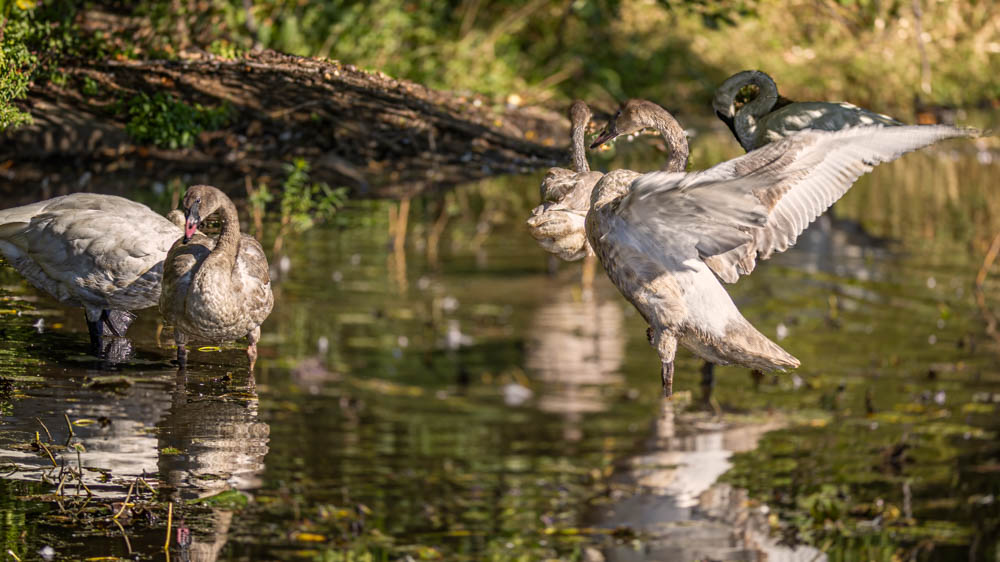
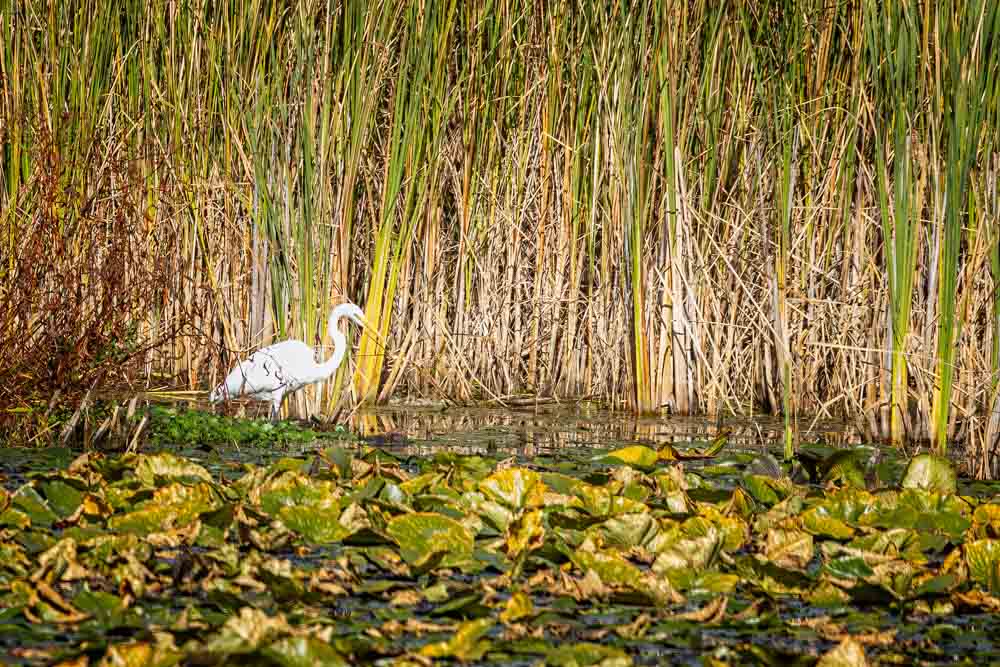
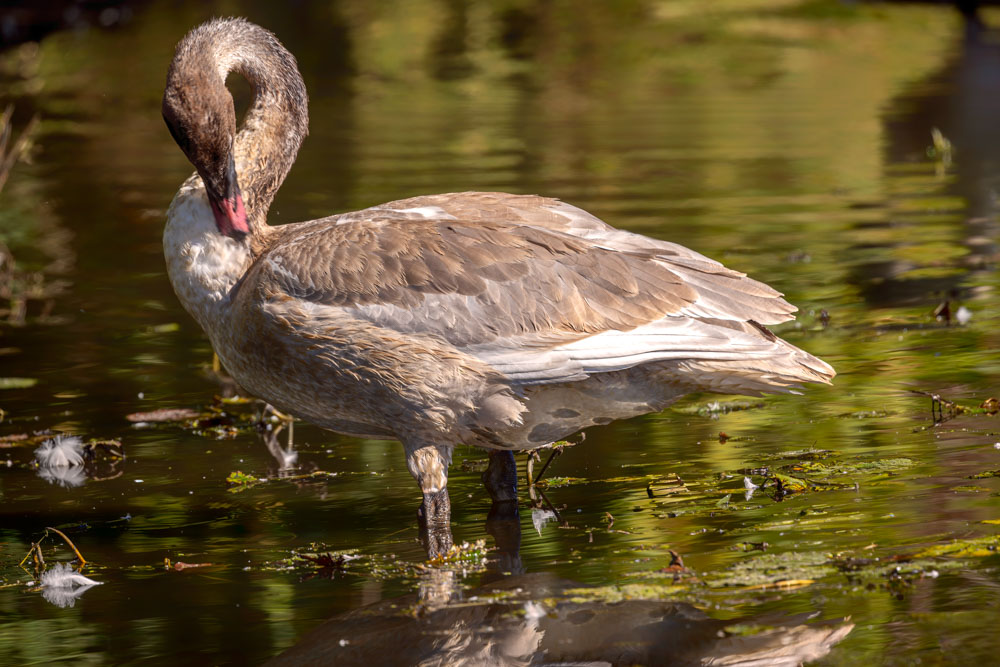
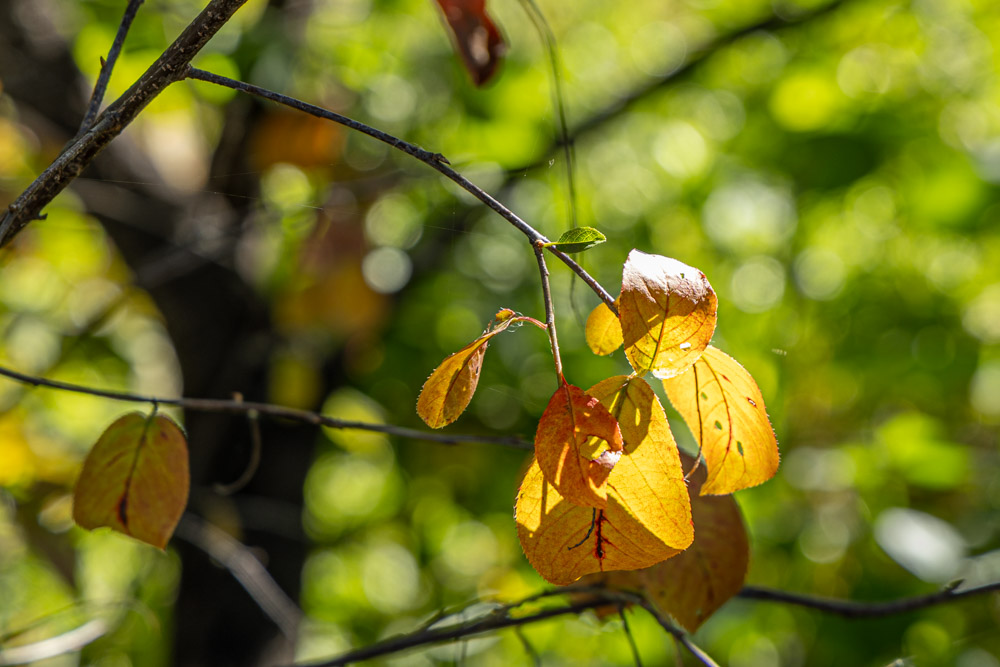
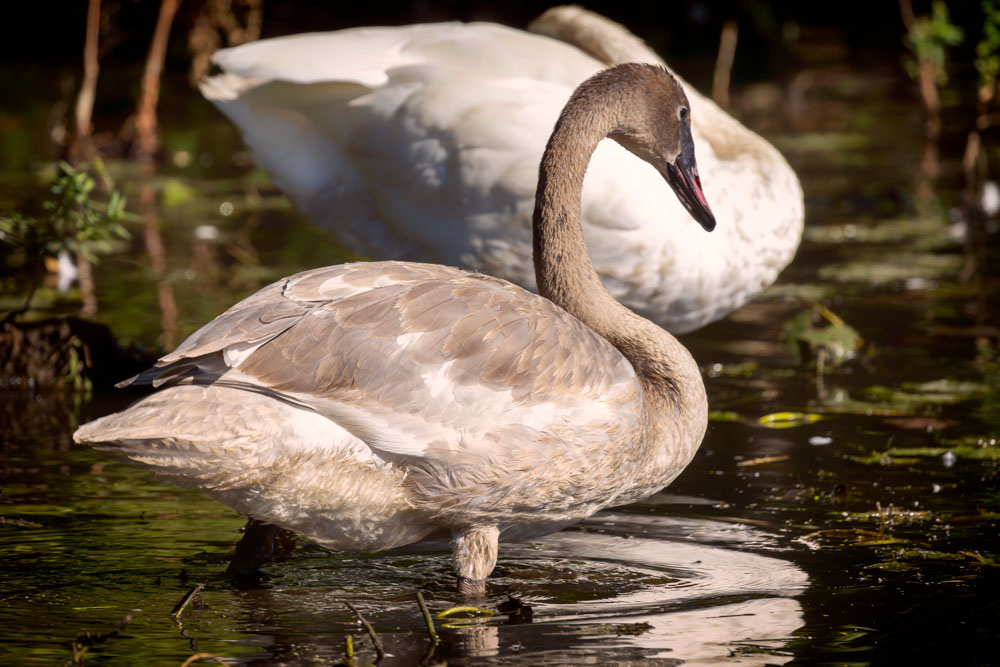
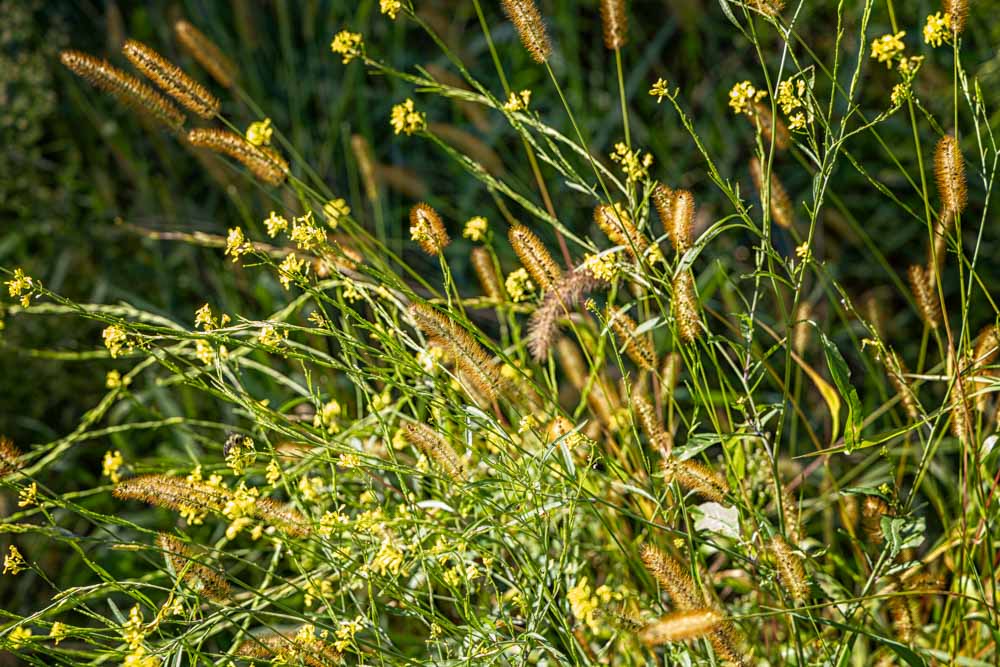
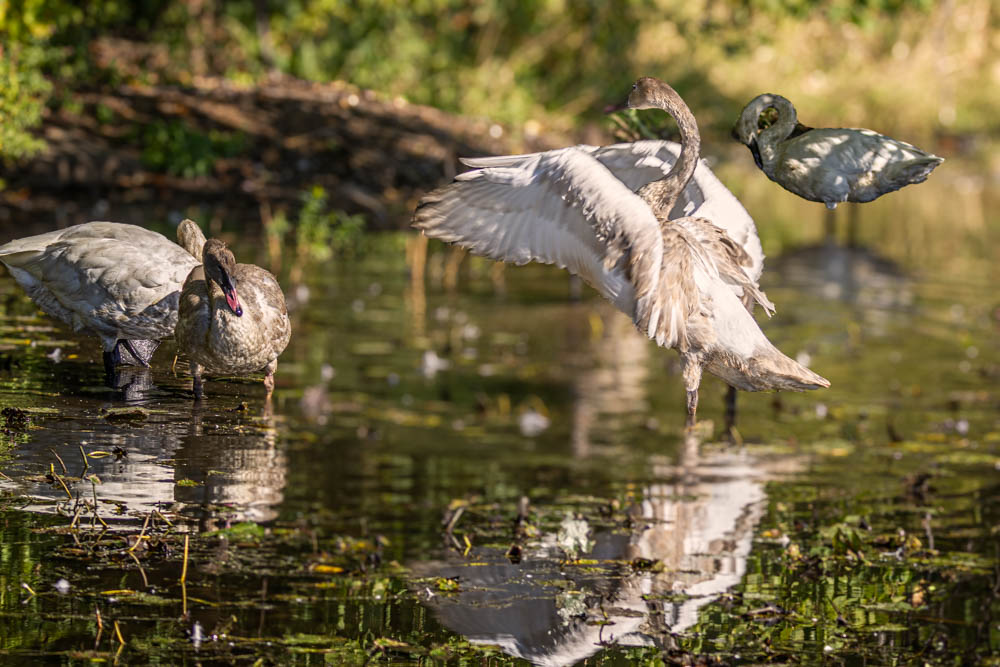
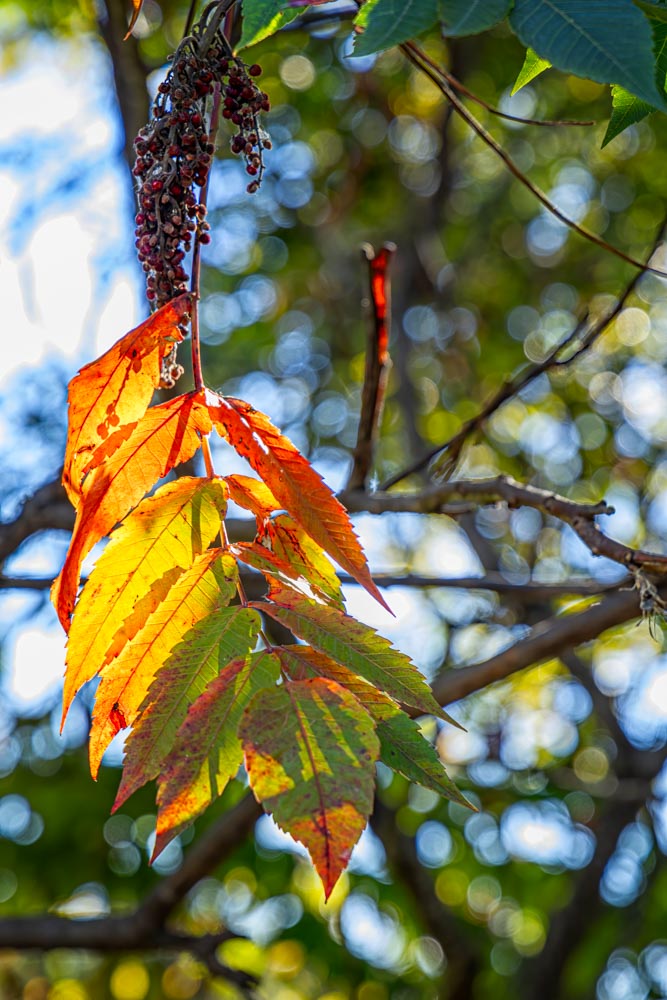
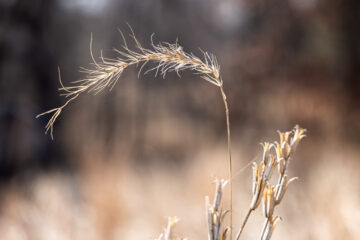
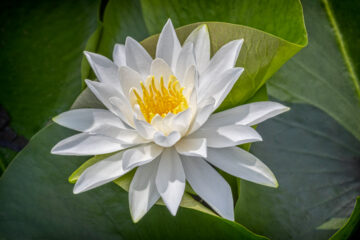

0 Comments